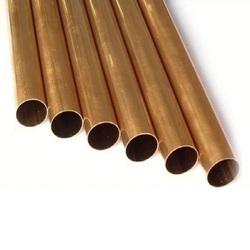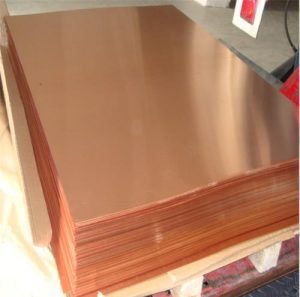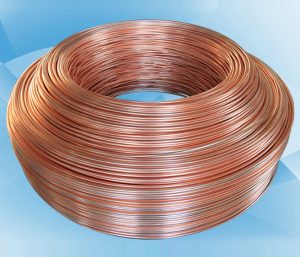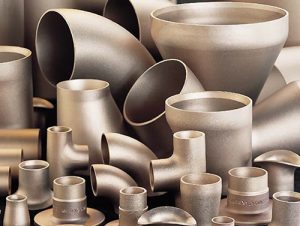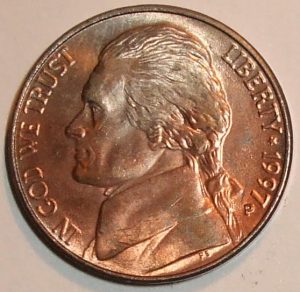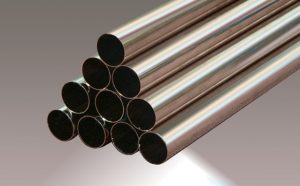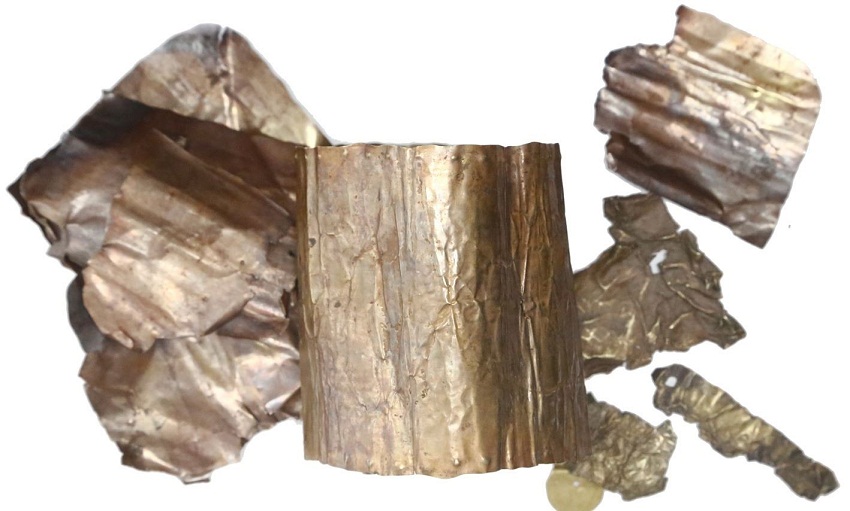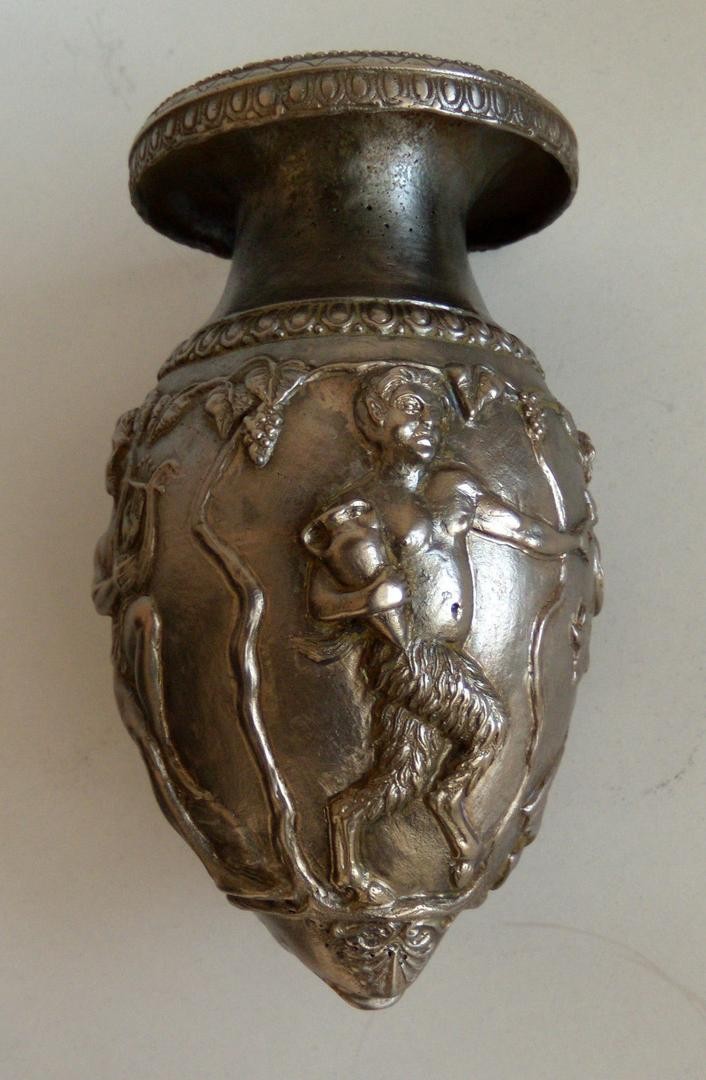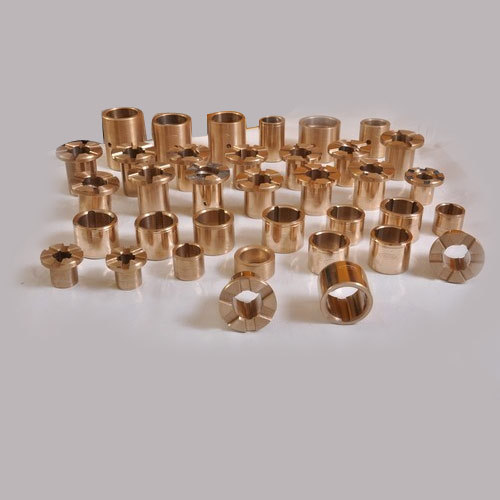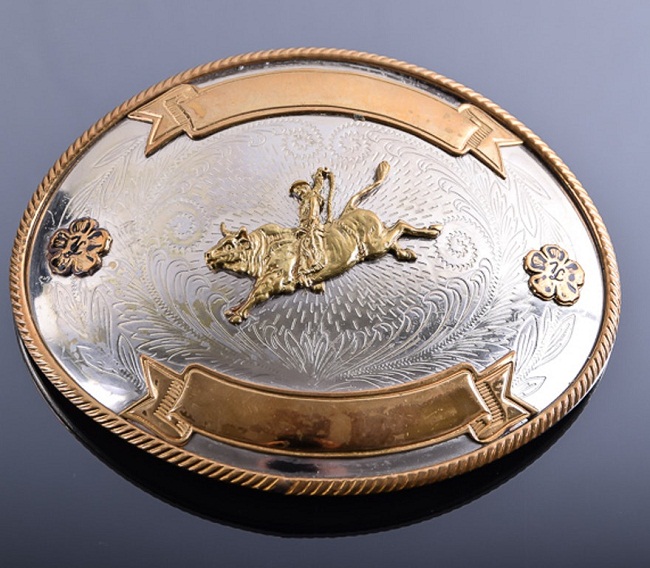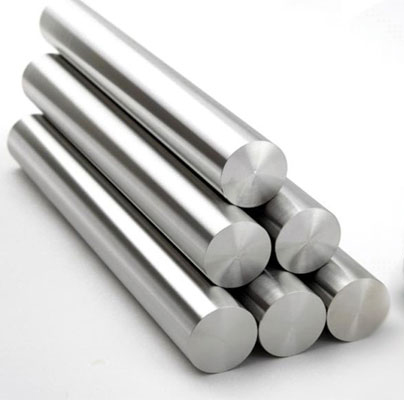Cupronickel
What Is Cupronickel (Copper-Nickel)
Cupronickel (also as copper-nickel) is the name given to any alloy that belongs to an important group of alloys containing copper (for a major part) and nickel (in a lesser amount) that is widely known for its excellent resistance to corrosion, pitting and erosion, strength, workability and weldability. It is manufactured in the form of wires, tubes, pipes, rods, sheets, etc. according to its applications. It comes in different grades [1, 5, 7].
Composition [1]
The most common copper-nickel alloys being 90/10 cupronickel and 70/30 cupronickel, the chemical composition of both are given below.
90/10 Cupronickel
| Copper | 86 – 89.7% |
| Nickel | 9.0 – 11.0% |
| Iron | 1.0 – 2.0% |
| Manganese | 0.3 – 1.0% |
70/30 Cupronickel
| Copper | 70.1 – 65.5% |
| Nickel | 29.0 – 32.0% |
| Iron | 0.5 – 1.5% |
| Manganese | 0.4 – 1.0% |
Properties and Characteristics of Cupronickel
Physical Properties |
||
| Color/appearance | Silvery [9] | |
| Luster | Metallic [9] | |
| Melting point | 1170 – 1240°C, 2140 – 2260°F [1] | |
| Density | 8.5 – 8.95 mg m3 [5] | |
| State of matter at room temperature (normal phase) | Solid [1] | |
| Thermal Conductivity | 19 – 66 W/(m K) [5] | |
| Electrical Conductivity | 5% IACS [7] | |
| Resistivity | 50X10-8 ohm-m [3] | |
| Ductility | Yes [5] | |
| Malleability | Yes [9] | |
| Tensile strength | 267 – 624 MPa [5] | |
| Young’s modulus | 120 – 156 GPa [5] | |
Magnetic Properties |
||
| Magnetic ordering | Paramagnetic and ferromagnetic depending on the nickel content [6] | |
Uses
- In brazing, making standard resistors. However, their high thermoelectric e.m.f against copper is a disadvantage towards their application in dc resistors. In ac resistors, though, there is not much of a problem [8].
- For manufacturing welding electrodes, boat hulls, marine condenser tubes, heat exchangers, brake lines, pipe fittings, valves and fasteners [1].
- Its high success as a coinage material is mainly due to its durability and no-tarnish property [9].
Is It Dangerous
It may cause allergic skin reactions. If skin irritation or rash occurs, prompt medical supervision is required. Note that copper-nickel coins are not allergic due to low nickel content. Inhalation of fumes or dust should be avoided as it is suspected to cause cancer. Do not handle the alloy without wearing protective gloves and covering your face and eyes [2].
Interesting Facts
- The alloy is 100% recyclable [9].
- The nickel coins that we use are actually made of cupronickel and not nickel [1].
- References
- What is Cupronickel? – Thebalance.com
- Copper Nickel Safety Data Sheet – Husseycopper.com
- Resistance Alloys and Wire Resistances – Kayelaby.npl.co.uk
- Magnetic Properties of Copper Nickel Alloys – Journals.aps.org
- Copper Alloys – Copper/Nickel Alloys – Nickel-alloys.net
- Nickel Allergy – Corrosion-doctors.org
- 70/30 Cupronickel – Nickelinstitute.org
- Copper Nickel Alloy Wire Heating – Heating-element-alloy.com
- Coinage – Copper.org
